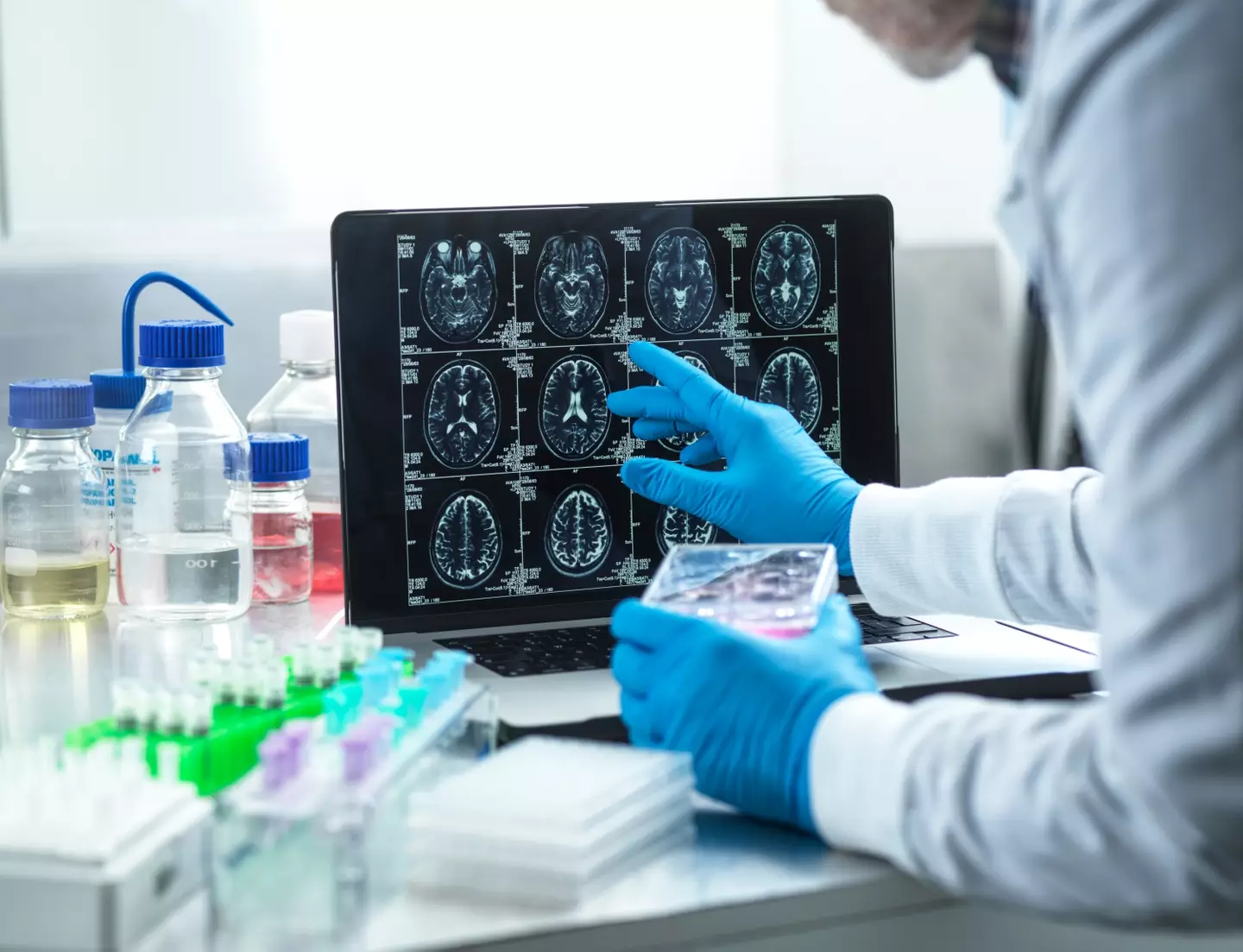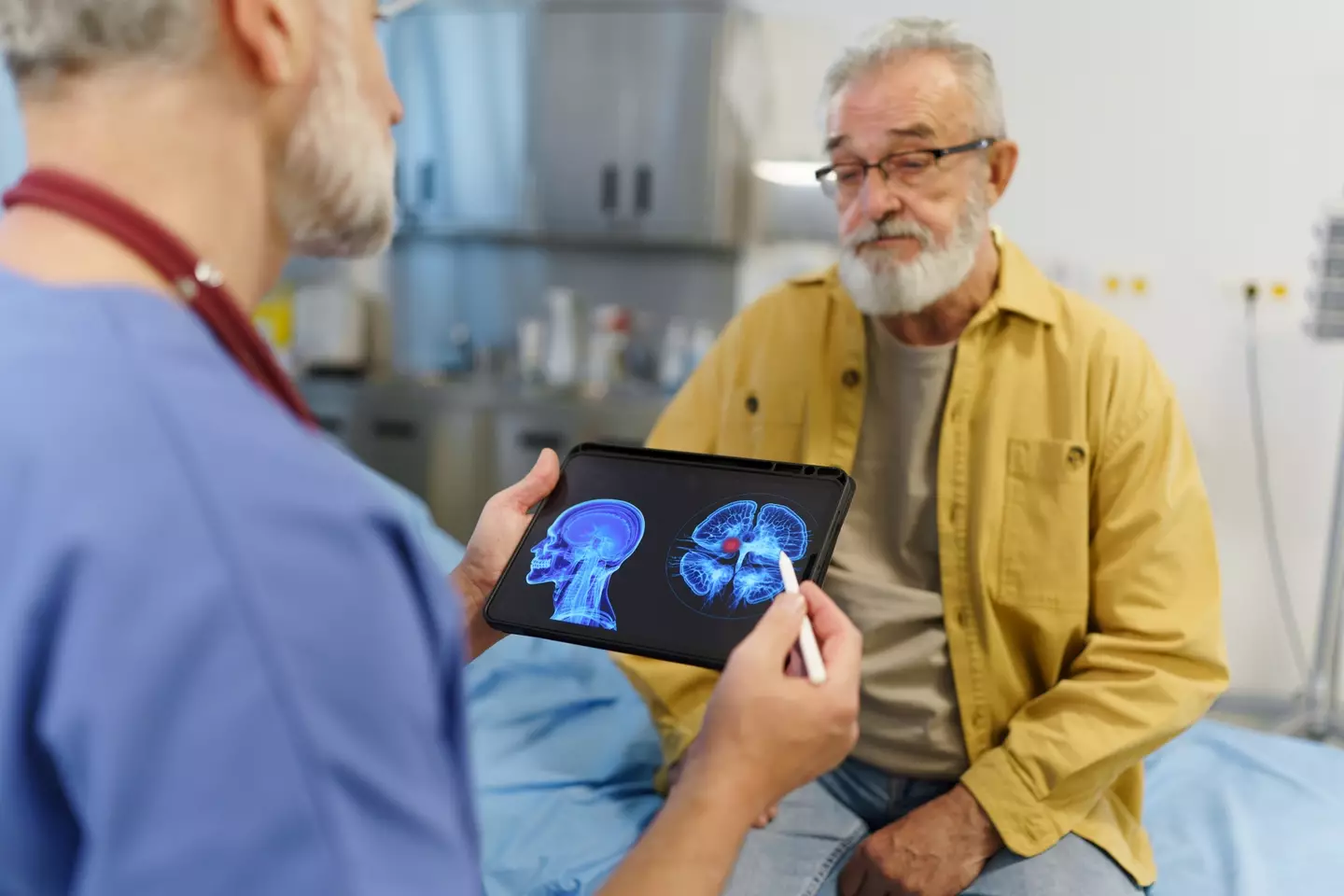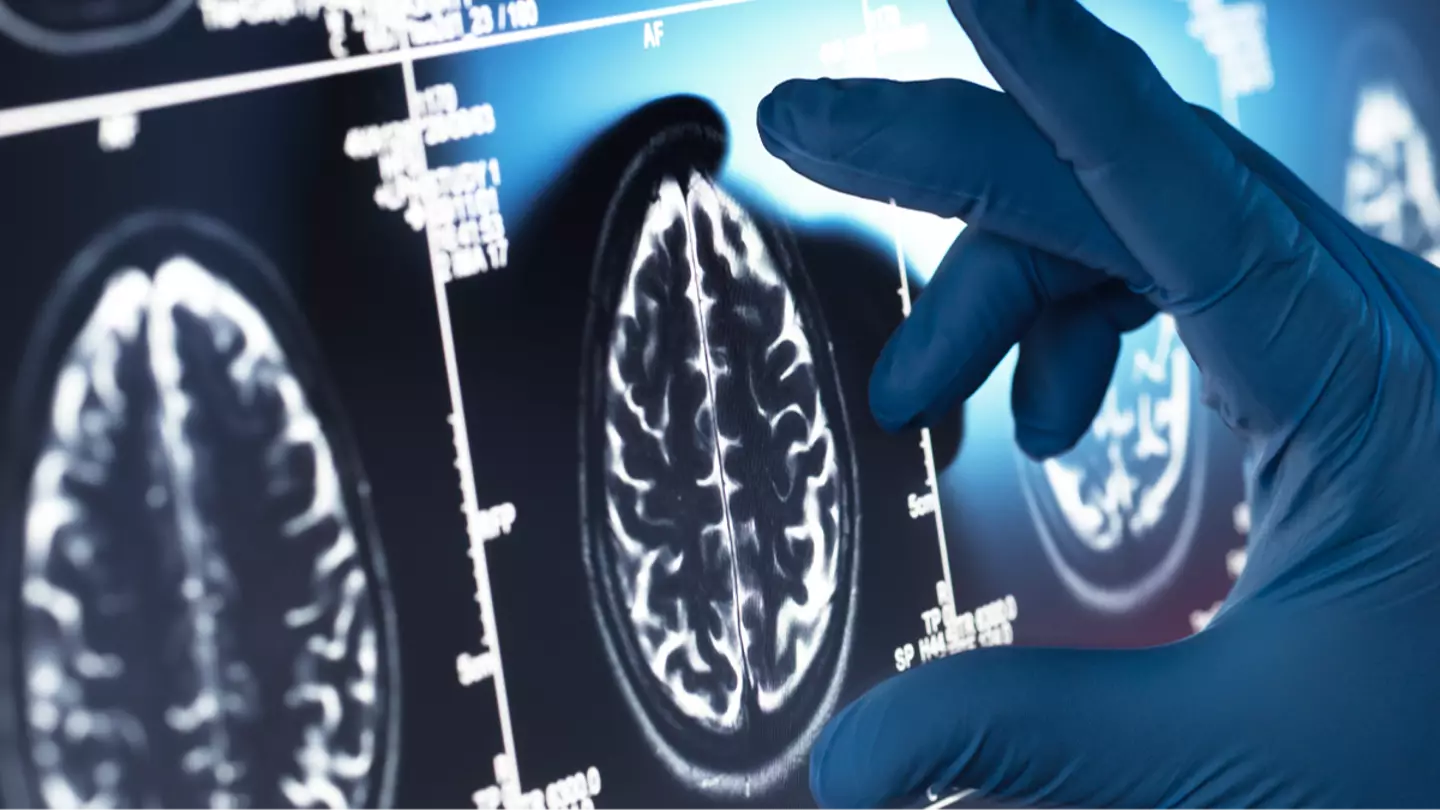A significant advancement in detecting Alzheimer’s has emerged, potentially enabling medical professionals to identify brain changes at an earlier stage than previously possible.
Alzheimer’s is often viewed as an especially harsh condition, as it deprives individuals of their autonomy and memory before ultimately claiming their lives.
Researchers continually strive to diagnose the disease sooner so that treatments can be implemented to decelerate its progression.
Scientists in the UK may have discovered a method to detect early signs through a technique that could provide hope to those worried about developing the condition.
This scanning method can identify subtle alterations in the cortical region, the brain’s outer layer, which is crucial for functions like memory and decision-making.

Through a sequence of scans examining the brain’s cellular structure, medical practitioners can detect brain changes significantly earlier, at a level traditionally only visible through post-mortem analysis.
Dr. Steven Chance, a former associate professor of neuroscience at Oxford, and Professor Mark Jenkinson, an expert in brain imaging, are the founders of the company responsible for this technique, Oxford Brain Diagnostics, and they have discussed this innovation.
Dr. Chance stated: “The core technology is founded on my background, looking at the microscopic structure of brains at autopsy for many years. You couldn’t do that with a living patient and this is what we needed.”
“More than 20 percent of those over 50 have Alzheimer’s-type changes, small-scale changes that would be otherwise invisible.”
“These breakthroughs open up a whole new way of monitoring brain health.”

The Oxford Brain Diagnostics website provides an in-depth explanation of the technology, stating: “Only our proprietary technology analyses grey matter quality and uncovers insights of the kind that we do, based on changes in the brain at a cellular level.”
“Our sophisticated diffusion analysis is based on a deep understanding of neuropathology, and the correlations between microscopic brain data and MRI analysis. Our histology model is built with scientific rigor and validated by post-mortem comparison at the microscopic scale.”
This process has received Breakthrough Device Designation from the US Food and Drug Administration, with Dr. Chance noting that the technology, once utilized, could significantly impact those potentially affected by the illness. He emphasized that it can provide hope to “millions of people who are seeking a non-invasive, precision diagnostic tool to reveal the truth about their brain health.”
David Thomas, head of policy at Alzheimer’s Research UK, expressed his approval of this development, recognizing it as a positive step forward. However, he acknowledged that more progress is needed and expressed a desire to eventually see it integrated into the UK’s National Health Service (NHS).

He stated: “Dementia is caused by diseases that often begin years before symptoms appear, and so finding new ways to detect these diseases earlier is vital.”
“There is a huge amount of progress happening in this space and it’s encouraging to see UK companies contributing to that.”
“While this technology shows promise for diagnosing dementia earlier, so far it has only been validated in research settings.”
“We’re still some way off it being used within the NHS and we would need to see much more real-world clinical data to fully understand its potential.”
“Improving early and accurate diagnosis is crucial—not only to give people clarity about their condition but also to ensure they can access the right support and, in future, new treatments as they become available.”
Alzheimer’s disease is the leading cause of dementia, with sufferers experiencing a range of symptoms that can vary in severity.
The Cleveland Clinic indicates that the illness can diminish or completely obliterate a person’s capabilities, such as:

